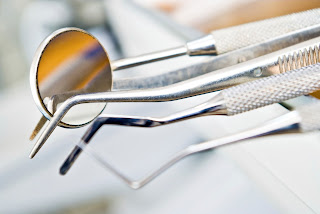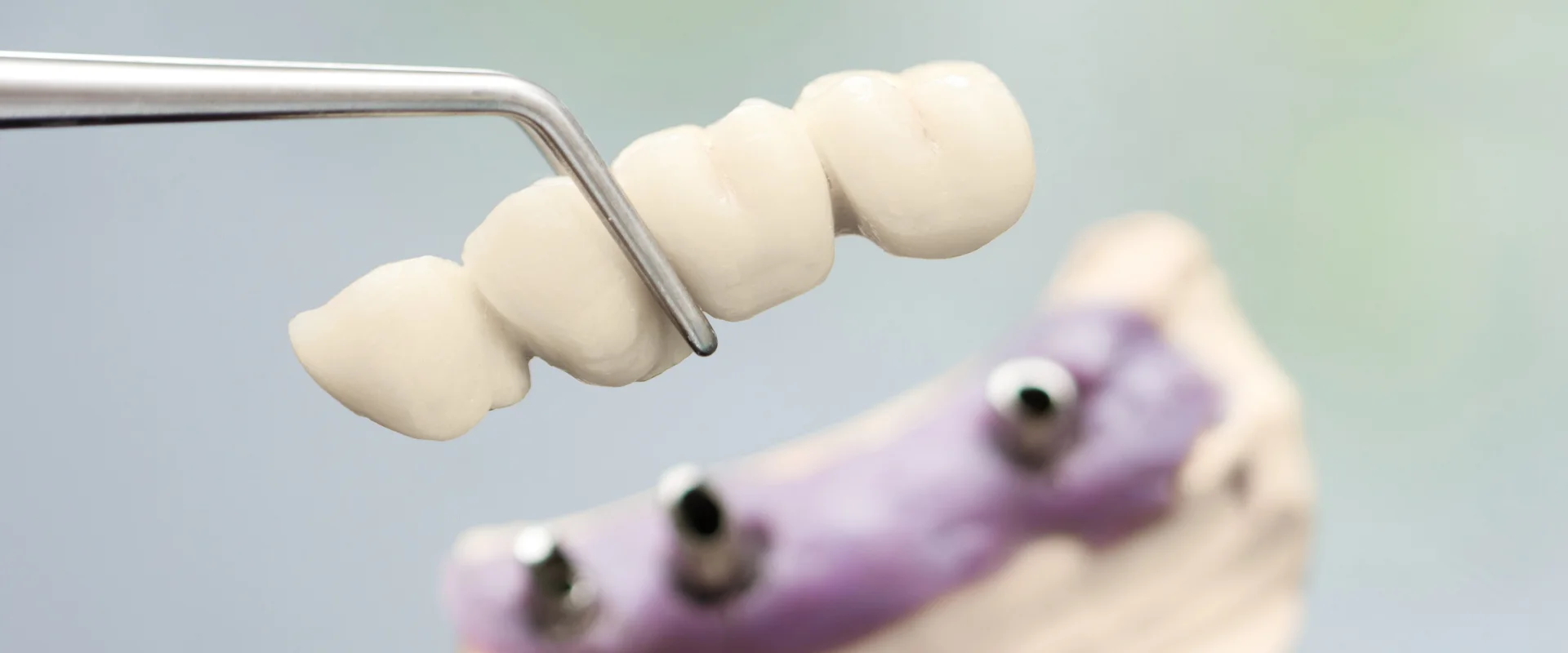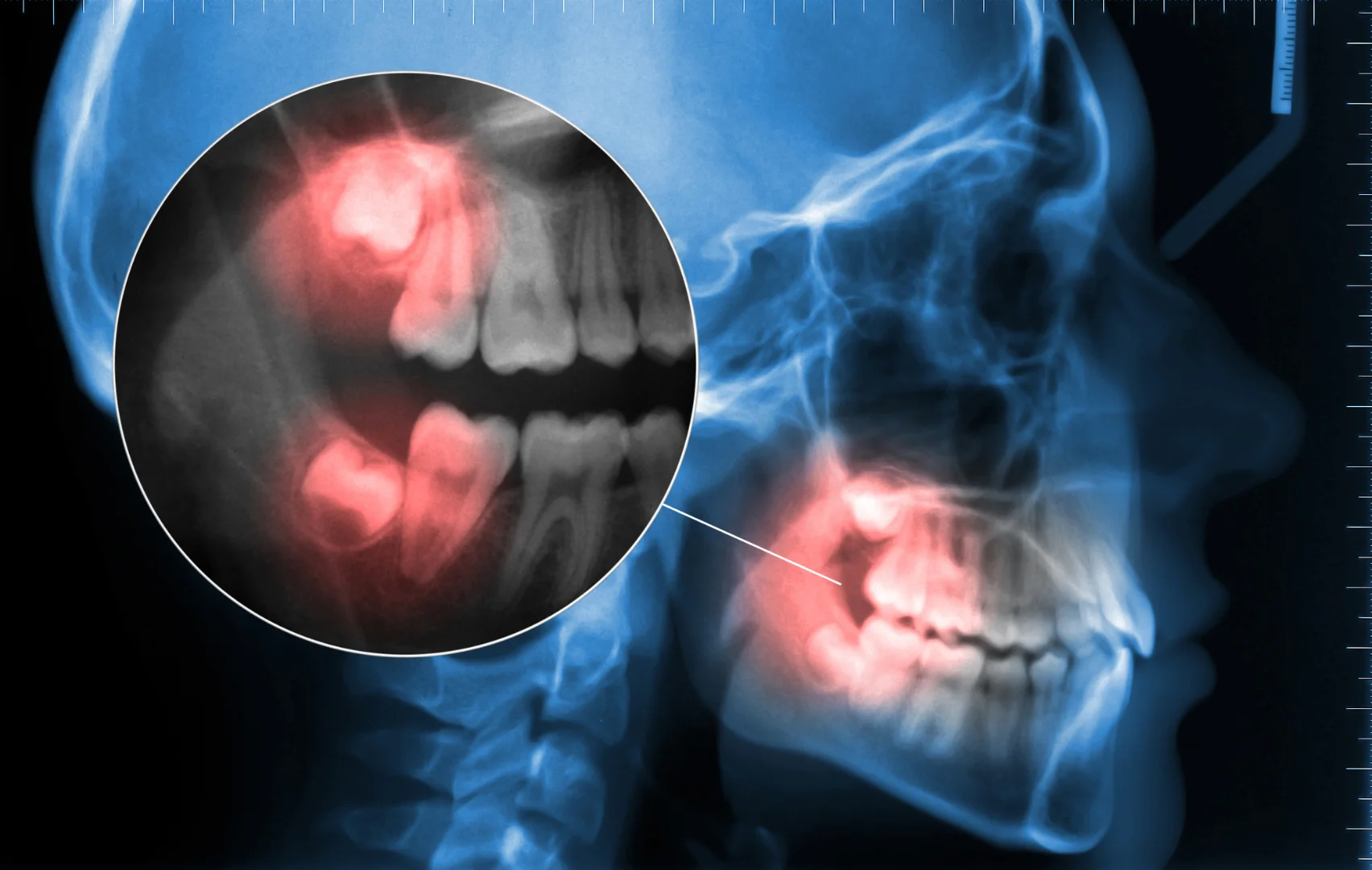An impacted tooth can cause some of the most pain of any tooth-related issue. This is especially true for your four canines or eyeteeth, also known as eye teeth. These pointed single rooted teeth are strong biting teeth that play a crucial role in the dental arch, and they’re positioned directly below your eyes. This can cause tremendous pain and pressure and may also lead to severe headaches and other problems.
Canines are usually the last of the permanent teeth to erupt. This often happens around age 13, but an impacted tooth can impede the process. Canine teeth are much wider and more robust than other teeth, making their proper eruption important for bite function. An impacted canine is blocked or unable to fully erupt because parts of them are stuck; when a canine tooth becomes stuck (impacted), it can affect the alignment and health of other teeth, leading to functional repercussions in the dental arch. Canines that remain impacted or don’t fully erupt can cause several problems for a dental patient. Impacted canine teeth affect not only the appearance but also the function of the bite, and can have broader implications for oral health. The patient may have gaps in his or her teeth, struggle to bite down properly, or have teeth out of alignment.
Diagnosing Impacted Canine Teeth: How Did My Canine Become Impacted?
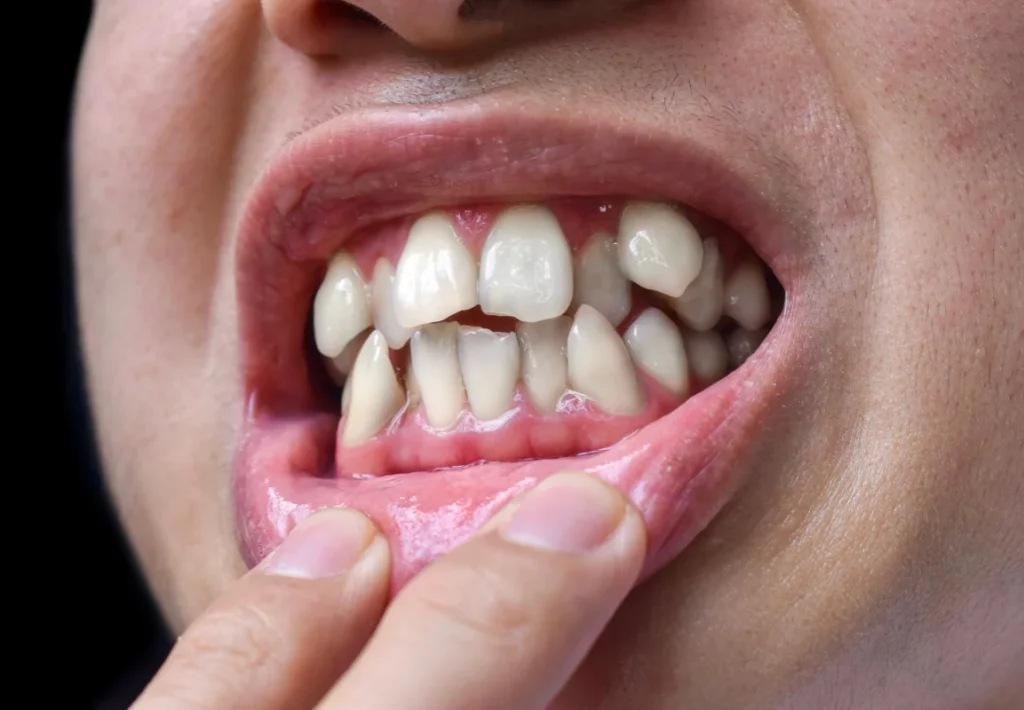
Upper canines in particular are the second most common teeth to become impacted, after wisdom teeth, and are sometimes referred to as maxillary top canine teeth or maxillary canine teeth. This often happens because of overcrowding or extra teeth, including baby teeth. Larger incoming permanent canines may have difficulty erupting if existing well established teeth block their path, creating a well established teeth block. Parents, be vigilant if your child began losing baby teeth later than most peers, or if he or she has a small mouth. Early recognition of impacted canines, especially in anterior teeth, is important for ensuring proper eruption and preventing complications. Some patients’ canines also become impacted because of growths on the gum tissue. This is rare, but if you see a growth or your child’s gums are bleeding, schedule an appointment with one of our dentists. Impacted teeth can sometimes be found in unusual positions, such as with the tooth heads inward toward the roof of the mouth (palate) or remaining head outward toward the cheek.
Some canine teeth are very slow to erupt, and some children grow up with missing canines. Impacted canine teeth affect women more frequently than men, with studies showing that teeth affect women twice as often. Proper eruption of the maxillary canine is crucial for dental arch stability and function. The presence of impacted teeth can disrupt the alignment of other anterior teeth and overall dental harmony. Your regular dentist should document the number of teeth present when your child is about 7 so you can prepare for treatment if necessary. If your child has missing canines or they’re slow to erupt, the staff at Solace implant center & Oral Surgery can help.
How Are Impacted Canines Treated with Impacted Canine Tooth Surgery?
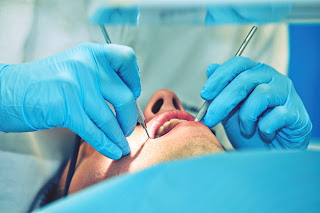
Dentists usually recommend tooth extraction. Wisdom teeth are the most commonly impacted teeth and are often extracted without functional repercussions, unlike canines, which play a critical role in oral function and require careful management. During this procedure, we don’t extract the canines themselves. Rather, we extract any extraneous teeth causing overcrowding or slow eruptions. Your child will be given X-rays before extractions. Site cone beam computerized tomography and computerized tomography cbct scanner technology are used for precise imaging, and Pacific Oral Surgery uses these advanced tools to facilitate eruption and treatment planning. Extractions are done using gentle local anesthesia; we offer oral conscious sedation, IV sedation, and nitrous oxide. If your child is especially anxious about the procedure, ask our dentists if he or she would benefit from moderate or deep sedation.
After extraneous teeth are removed, the exposure procedure involves removing overlying gums to promote the eruption of the impacted canine. This is often a simple surgical procedure performed by an orthodontist and oral surgeon working together. The open exposure procedure involves lifting the gum tissue to expose the impacted tooth, after which an orthodontic bracket is bonded to the tooth and connected to an orthodontic arch wire. Only the chain attached to the bracket remains visible after the procedure, and this helps guide the tooth into proper alignment. In some cases, we use orthodontic arches to facilitate this. You’ll be sent home with proper pain medication and instructions on caring for the extraction site. We recommend using ice packs to reduce swelling at the surgical site. It is important to monitor the surgical site for healing and any signs of complications. If there are complications, contact us immediately. Reach out to us online or by phone for more information.
Your dentist and specialist team will facilitate eruption and ensure proper alignment of the canine tooth.
How Are Impacted Canines Diagnosed?
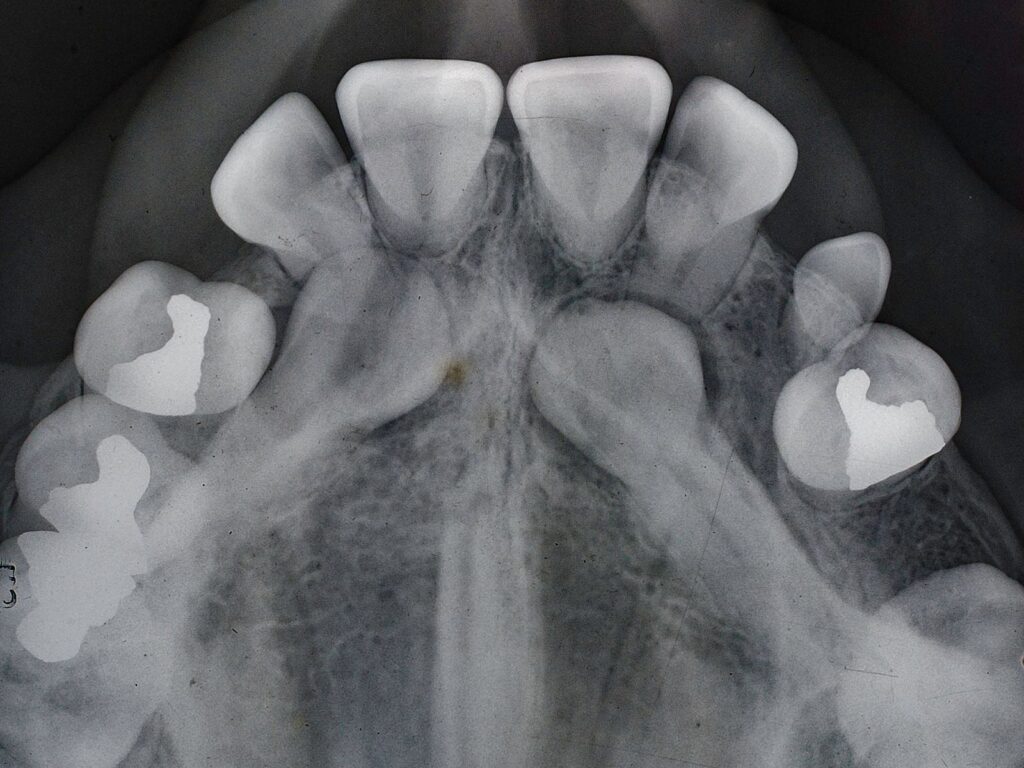
Diagnosing impacted canine teeth is a vital first step in ensuring proper treatment and maintaining long-term oral health. Early recognition of an impacted canine tooth can often prevent the need for more complex procedures, such as impacted canine tooth surgery, and helps preserve the function and appearance of your smile.
The process begins with a thorough dental examination, typically recommended by age 7, to assess the development and eruption of the canine teeth. During this visit, your oral surgeon or orthodontist will use a panorex screening x-ray to get a comprehensive view of the dental arch and identify any canine teeth that may be stuck and cannot erupt properly. In some cases, several x-rays may be taken to clarify the position of the impacted tooth relative to the gum tissue and adjacent teeth.
For a more detailed assessment, advanced imaging technology such as cone beam computerized tomography (CBCT) scanners may be used. This technology provides three-dimensional images, allowing dental professionals to evaluate the exact location of the impacted canine, the angulation of adjacent teeth, and the condition of the surrounding bone and gum tissue. The CBCT scan can also detect abnormal tissue growths, such as cysts or tumors, that might be affecting the impacted tooth.
During the diagnostic process, your oral surgeon will also consider the size of the permanent canine teeth, the amount of space available in the dental arch, and the overall alignment of your teeth. These factors help determine the best treatment for impacted canine teeth, whether that involves exposure and bracketing surgery to guide the tooth into place, or, in rare cases, extraction and replacement with a dental implant.
Even if an impacted canine tooth is not causing immediate symptoms, it can still pose risks to your oral health, such as improper bite alignment, increased risk of infection, and potential damage to the roots of adjacent teeth. That’s why early diagnosis and intervention are so important for successful treatment and maintaining good oral hygiene.
At Solace implant center & Oral Surgery, our experienced oral surgeons use the latest diagnostic tools, including computerized tomography CBCT scanners, to ensure accurate and effective treatment planning. We work closely with orthodontists and other dental professionals to provide comprehensive care for impacted canine teeth, helping you achieve a healthy, beautiful smile for years to come. Regular dental check-ups and timely x-rays are key to detecting impacted canine teeth early and preventing future complications.

